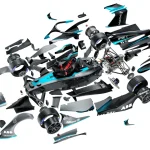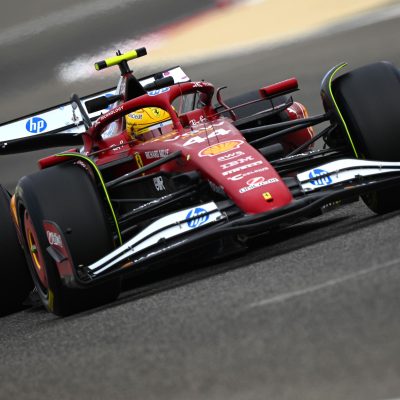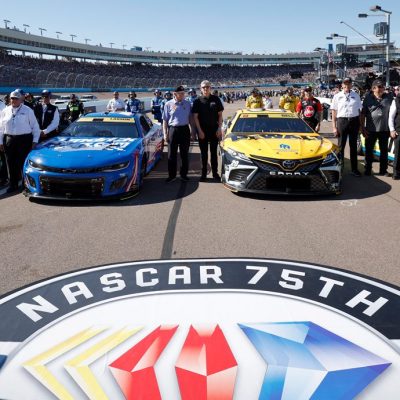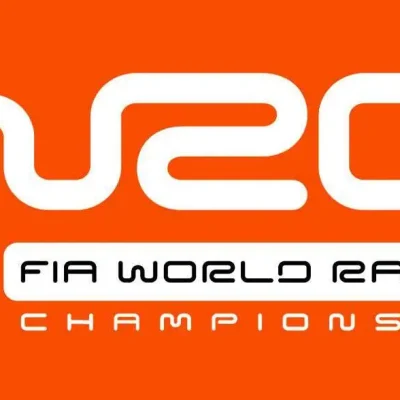Motorsport is a theatre of the extraordinary — a high-speed ballet of risk, precision, and innovation. And while every race carries its own drama, some races transcend competition. They become turning points. Benchmarks. The kind of events that echo far beyond the chequered flag, reshaping the sport itself.
From groundbreaking victories to harrowing tragedy, from electric shocks to political statements, let’s journey through the historic races that didn’t just entertain — they changed motorsport forever.
🏁 1. The 1955 24 Hours of Le Mans – Tragedy That Transformed Safety
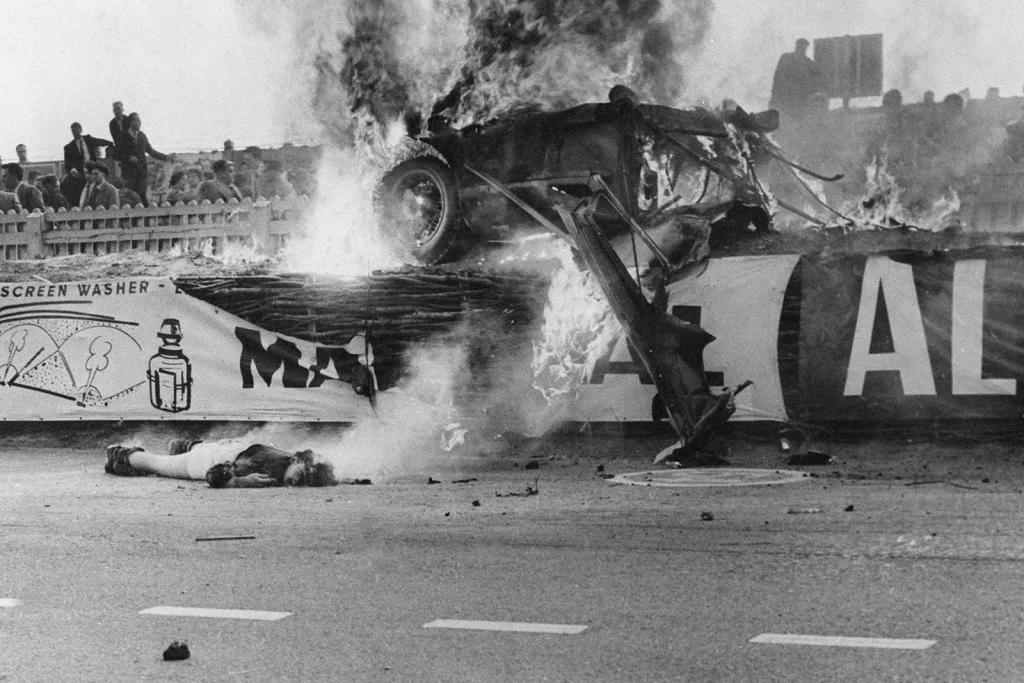
- Date: June 11–12, 1955
- Location: Circuit de la Sarthe, France
The 1955 Le Mans isn’t remembered for its winner — it’s remembered because 83 spectators and driver Pierre Levegh lost their lives in the deadliest accident in motorsport history.
When Levegh’s Mercedes collided with another car and launched into the grandstands, the fallout was immediate and global. It wasn’t just a horrific crash — it was a wake-up call.
What changed:
- Racing was suspended or banned in several countries.
- It accelerated the development of trackside barriers, catch fencing, and medical response protocols.
- Mercedes-Benz withdrew from racing for over 30 years.
Impact: Motorsport evolved from daredevil spectacle to professional discipline, where safety became as critical as speed.
🏎️ 2. The 1970 Italian Grand Prix – Birth of the Rear Wing Era
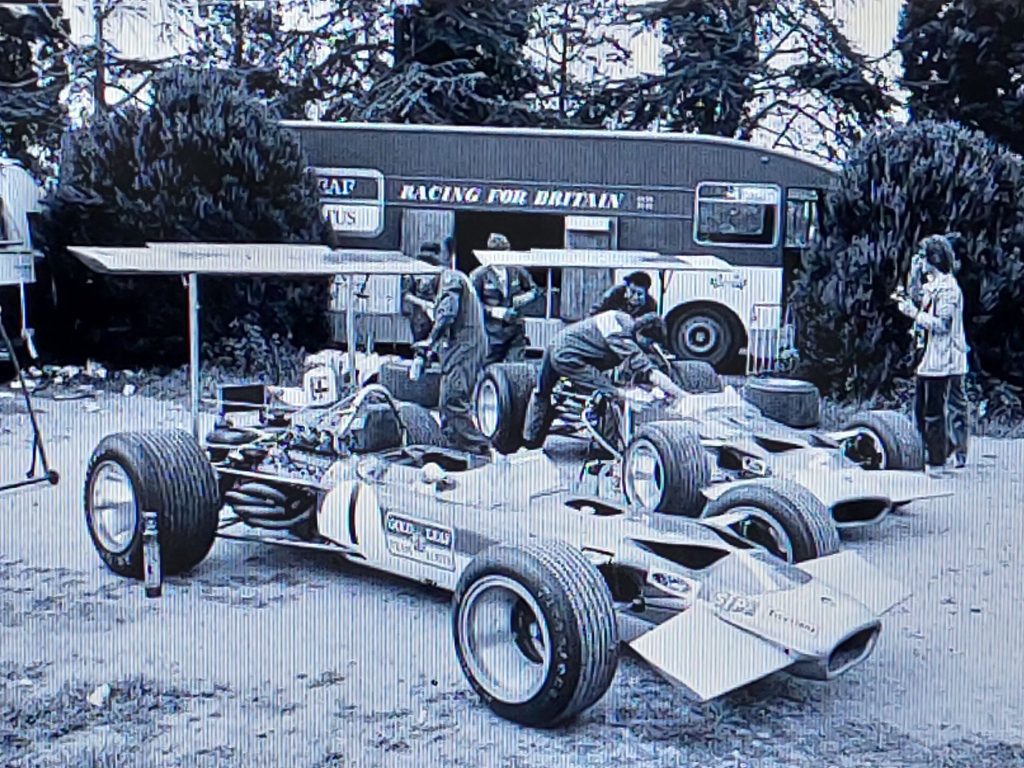
- Date: September 6, 1970
- Location: Monza, Italy
Aerodynamics had been lurking in the shadows of motorsport for years, but it wasn’t until the high-speed slipstream chaos of the 1970 Italian GP — a race with an average speed of 242 km/h and a photo-finish of five cars — that teams realized: raw speed wasn’t enough.
After the death of Jochen Rindt (who would become F1’s only posthumous champion), engineers began doubling down on downforce.
What changed:
- Rear wings became essential, not optional.
- Cars began to be designed around ground effect and aero grip.
- Racing became more technical — and safer in corners.
Impact: The birth of the modern Formula car, where airflow could mean the difference between domination and disaster.
🌍 3. The 1982 San Marino Grand Prix – The Rivalry Heard Around the World
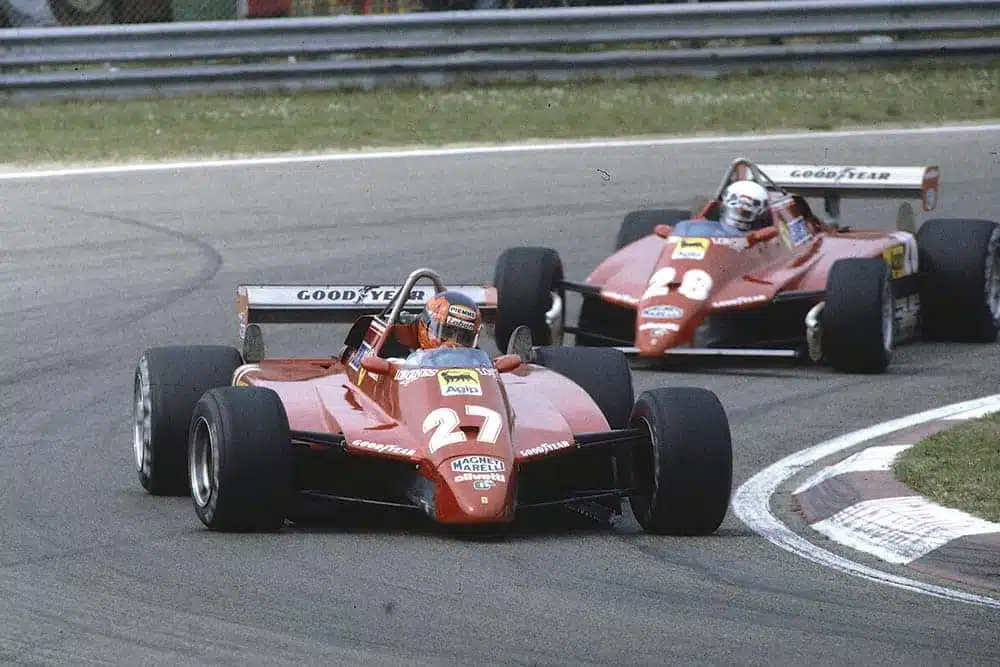
- Date: April 25, 1982
- Location: Imola, Italy
This was the day friendship in motorsport died, and one of F1’s greatest rivalries was born.
Ferrari teammates Gilles Villeneuve and Didier Pironi were told to slow down and hold position. Villeneuve, trusting the instruction, expected the team to freeze the order. Pironi passed him — and won.
Villeneuve was furious. He vowed never to speak to Pironi again. Two weeks later, Villeneuve died during qualifying at Zolder, chasing a fast lap that would outdo Pironi’s.
What changed:
- Team orders were questioned like never before.
- Ethics, trust, and betrayal became part of the Formula 1 narrative.
- The emotional weight of intra-team battles became central to the sport.
Impact: This race humanized the gladiators, showing that what happens behind the wheel is only part of the story.
🛠️ 4. The 1992 British Grand Prix – The Rise of Tech Supremacy
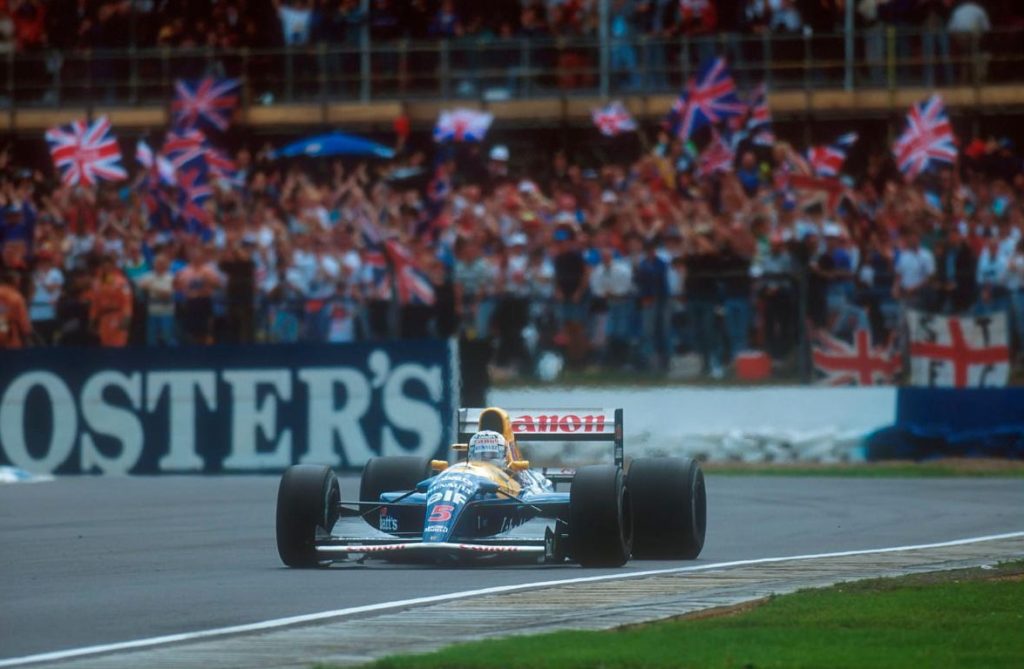
- Date: July 12, 1992
- Location: Silverstone, UK
Nigel Mansell’s dominant win at Silverstone — in front of a euphoric home crowd — was more than a celebration. It was a coronation for Williams and active suspension technology.
His FW14B wasn’t just fast. It was intelligent. With onboard computers adjusting suspension in real-time, the car was nearly untouchable.
What changed:
- Technology began to matter as much as driving talent.
- Advanced telemetry, semi-automatic gearboxes, and electronic aids became the new frontier.
- Other teams scrambled to catch up or face extinction.
Impact: Motorsport was entering the digital era, and the car was becoming as much a computer as it was a machine.
⚡ 5. The 2015 Beijing ePrix – The Electric Dawn

- Date: September 13, 2014
- Location: Beijing, China
It was the first-ever Formula E race. A championship with no engine roar, no fuel, and a controversial idea: could silent, all-electric racing capture the thrill of motorsport?
Skeptics scoffed. Fans hesitated. But when Nicolas Prost and Nick Heidfeld collided on the final lap, sending Heidfeld’s car cartwheeling into the barrier, the world stood up and took notice.
It wasn’t just a gimmick. It was racing. For real.
What changed:
- Electric racing became legitimate.
- Tech giants, automakers, and engineers turned their focus to EV performance.
- Formula E proved racing could be fast, fun, and futuristic.
Impact: It opened the door for sustainability in motorsport — a revolution still gaining speed.
🏆 6. The 1966 Indianapolis 500 – When Europe Crashed the Party
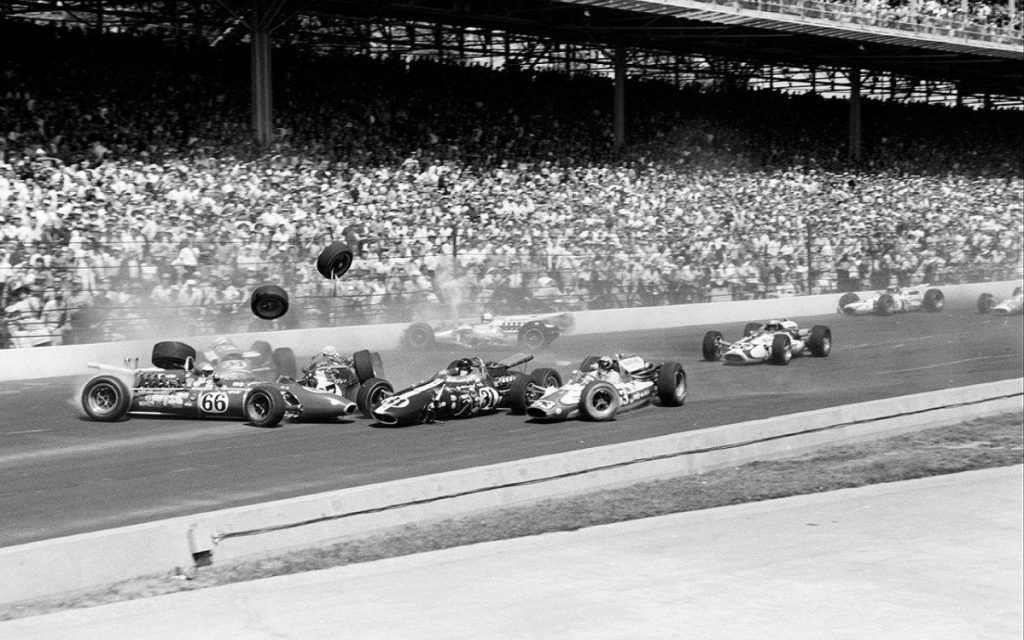
- Date: May 30, 1966
- Location: Indianapolis Motor Speedway, USA
The Indy 500 had been the domain of raw American muscle. But in 1965 and again in 1966, Team Lotus, led by Colin Chapman and driver Jim Clark, brought rear-engine, lightweight European cars to the fight.
Clark won in 1965, and in 1966, despite a chaotic crash-fest, the writing was on the wall: the front-engine roadsters were dinosaurs.
What changed:
- Rear-engine design became standard in IndyCar.
- International competition became more welcome in American racing.
- The technology gap began to shrink.
Impact: This was a cross-cultural motorsport moment, where engineering, not brute force, began to win the day.
🇿🇦 7. The 1975 South African Grand Prix – A Woman in F1
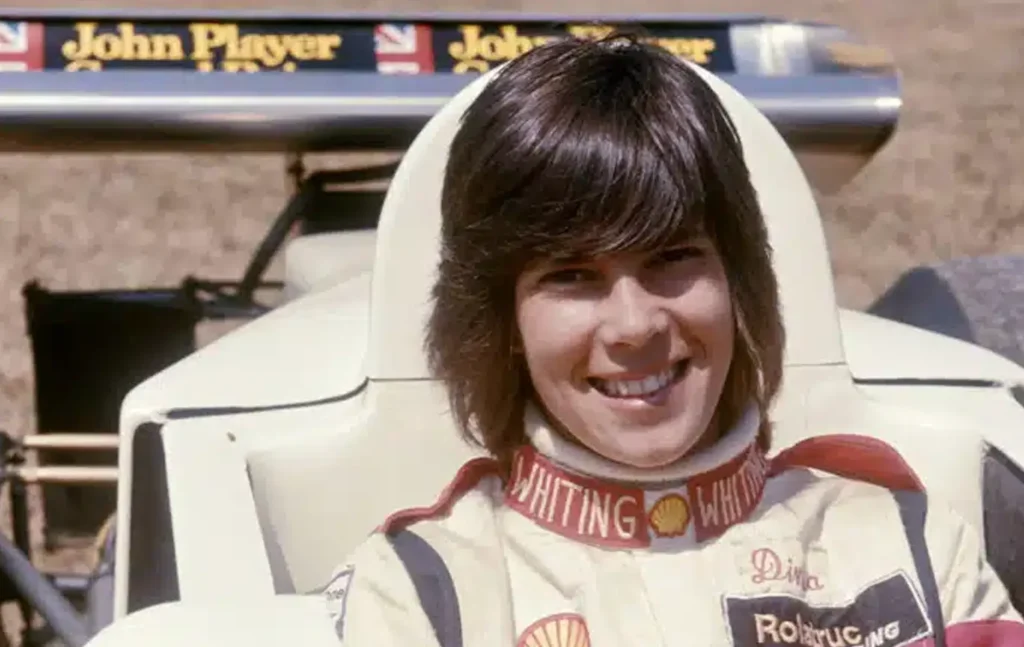
- Date: March 1, 1975
- Location: Kyalami, South Africa
While not a race that changed the sport in terms of technology or rules, it marked a cultural shift: Lella Lombardi became the first — and still only — woman to score points in a Formula 1 race, finishing sixth.
In an era of macho marketing and male-only grids, her performance challenged stereotypes and broke barriers.
What changed:
- A new conversation about gender equality in motorsport began.
- Lella became a symbol of resilience and talent beyond gender norms.
- The sport’s exclusivity was quietly, but permanently, shaken.
Impact: A reminder that the racetrack doesn’t care who you are — only how fast you go.
🔧 8. The 2008 Brazilian Grand Prix – The Ultimate Last-Lap Twist

- Date: November 2, 2008
- Location: Interlagos, Brazil
You couldn’t script this.
Felipe Massa crossed the finish line as World Champion… for about 30 seconds. Meanwhile, Lewis Hamilton passed Toyota’s Timo Glock on the final corner of the final lap — enough to take the title by one point.
It was emotion in its rawest form — elation turned heartbreak, triumph turned disbelief. Massa’s tearful acceptance of defeat, Hamilton’s stunned joy — this race showed that in F1, it’s not over until it’s really over.
What changed:
- Real-time strategy, weather, and tire calls became title-defining.
- It proved the global appeal of F1 — this was a blockbuster finale with fans in tears across continents.
Impact: A modern classic, and one of the most dramatic moments in sporting history, not just motorsport.
🌟 9. The 1933 Monaco Grand Prix – The First Grid Based on Qualifying

- Date: April 23, 1933
- Location: Monaco
Before 1933, Grand Prix grids were often decided by draw or race number. The idea of earning your place on the starting line? Radical.
That changed in Monaco, where grid position was determined by qualifying time for the first time ever. It gave the sport a new layer of meritocracy — and strategy.
What changed:
- Qualifying became a sport in itself.
- Teams began building for one-lap pace, not just race distance.
- Fans gained a new reason to tune in on Saturdays.
Impact: It made speed count twice — in time trials and in the race.
🏁 10. The 1994 San Marino Grand Prix – A Dark Weekend That Changed Everything
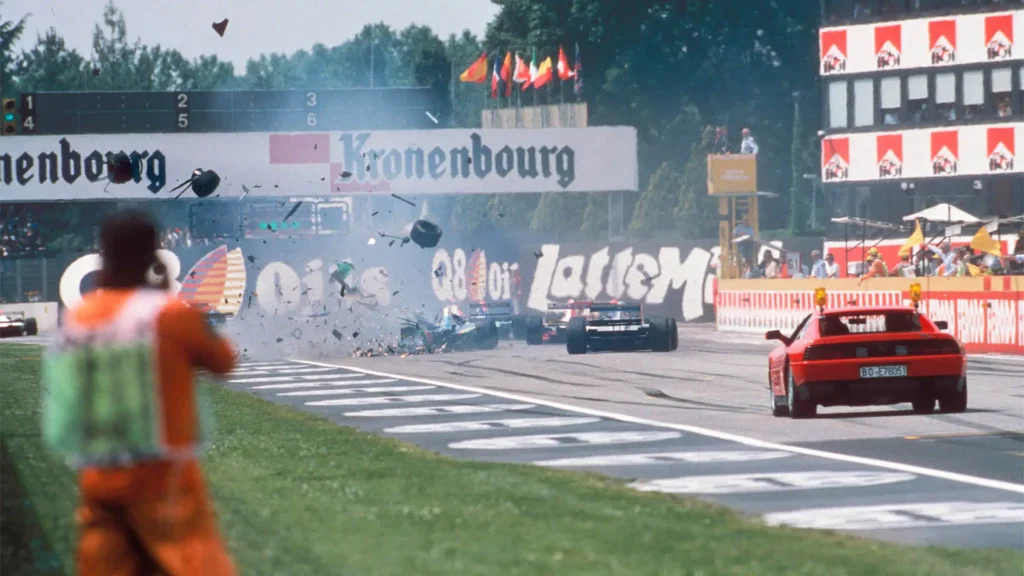
- Date: April 29–May 1, 1994
- Location: Imola, Italy
A weekend marred by death: Roland Ratzenberger on Saturday, and then Ayrton Senna, arguably the greatest driver of all time, on Sunday.
It shook the sport to its core. For too long, safety had stagnated, and now, two lives were lost in 48 hours. The world wept
— and demanded change.
What changed:
- The FIA launched a full review of safety regulations.
- Cars were re-engineered to survive impacts better.
- Tracks were modified, with more runoff and slower corners.
Impact: Senna’s death became a turning point — leading directly to the modern era of driver survivability and safety innovation.
🏁 Final Lap: More Than Just Races
These weren’t just competitions. They were inflection points — moments where motorsport zigged when it could’ve zagged. Some brought innovation, others brought pain. All brought change.
Because in racing, progress is born not just from the checkered flag, but from the stories behind it — the crashes, the controversies, the triumphs, and the transformations.
Motorsport doesn’t stand still. It evolves with every engine note, every turn of the wheel. And these races? These were the gears that shifted everything.

